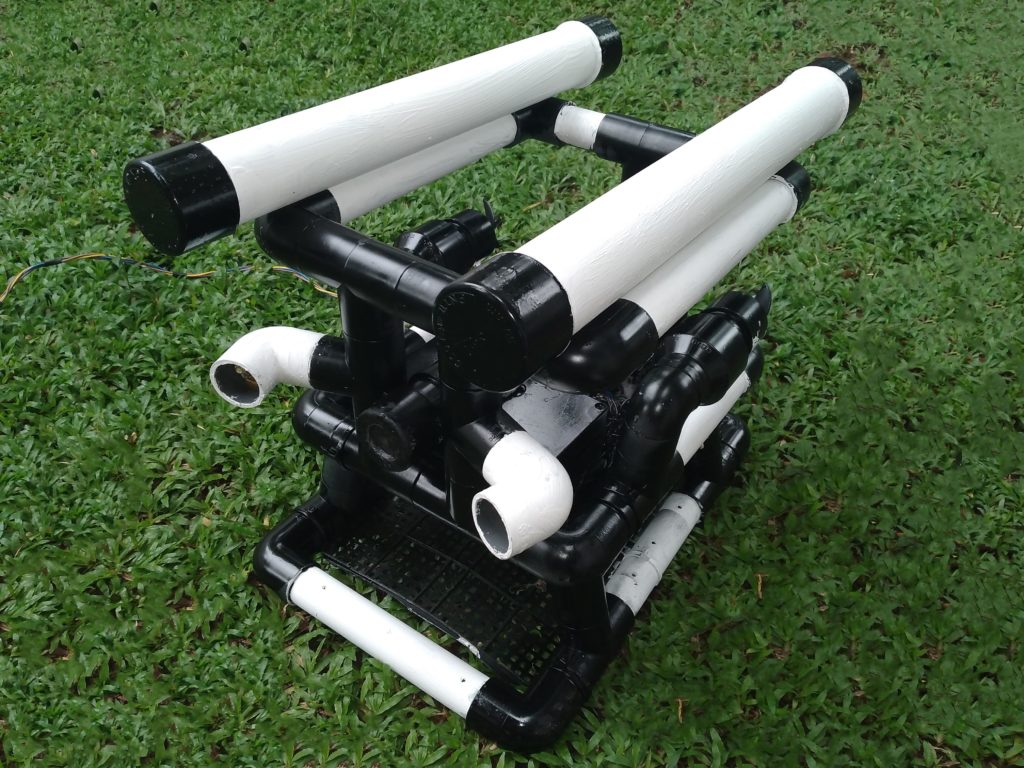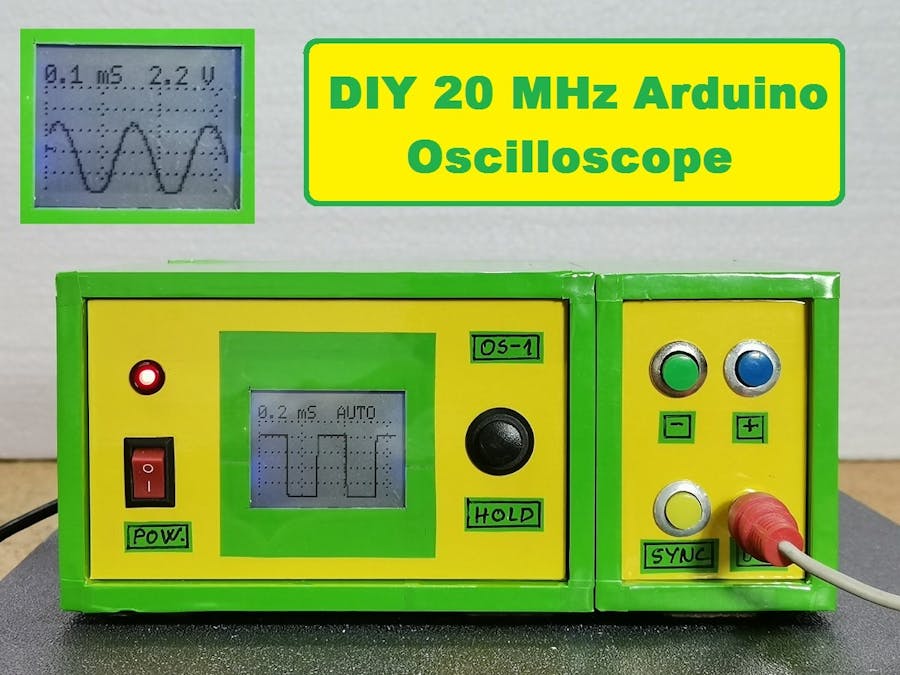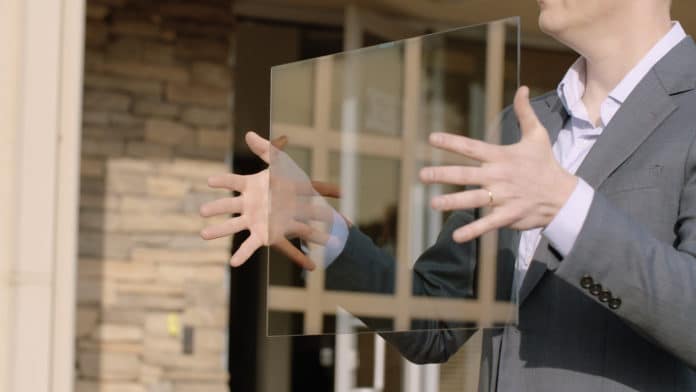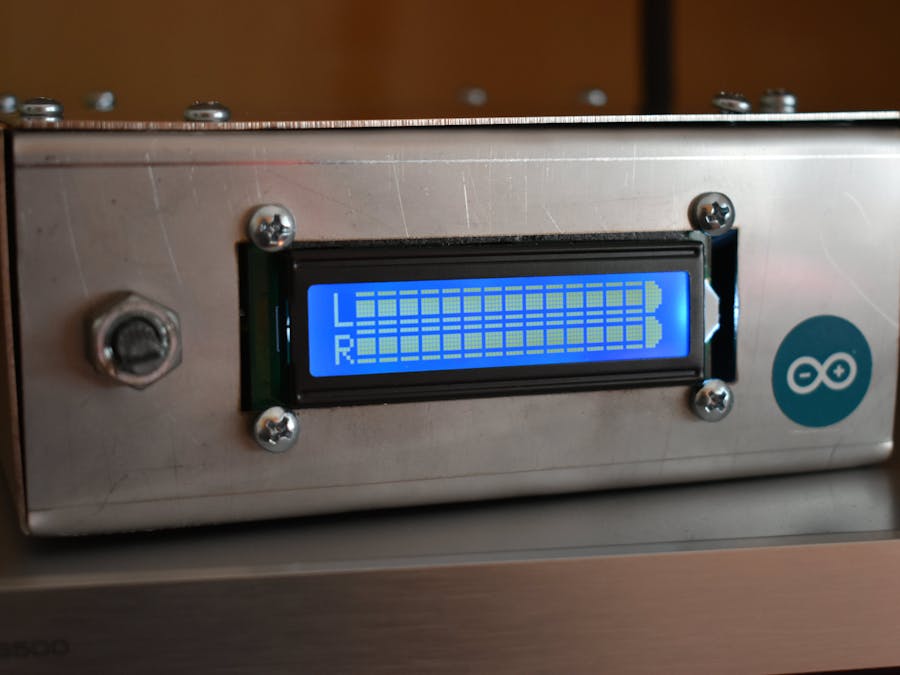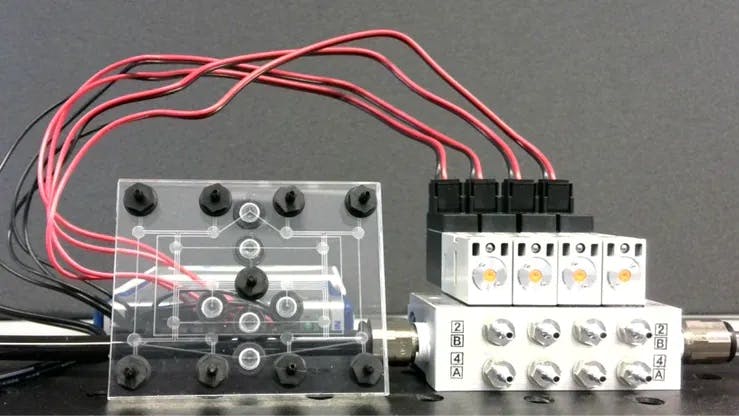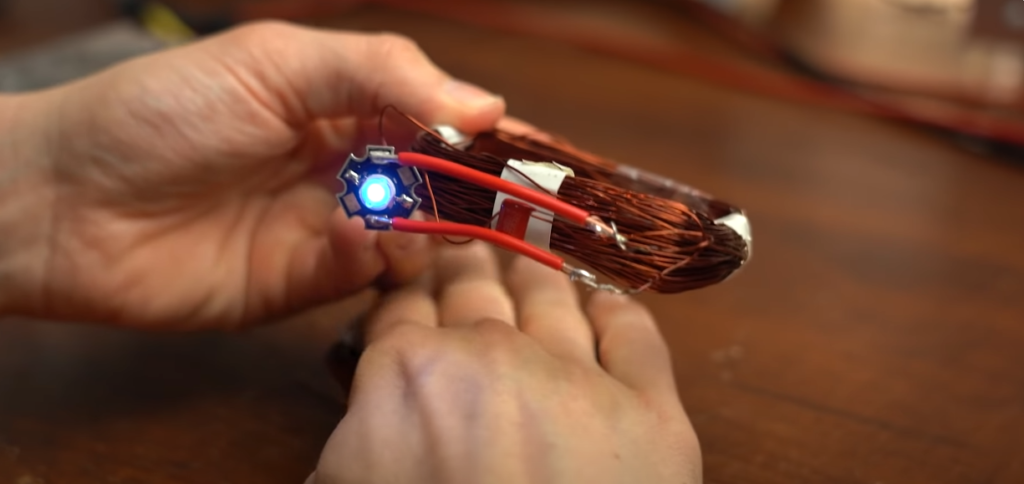Reddit user Remoheadder has 3D printed the infamous “What If Machine” from Futurama and hooked it up with a Raspberry Pi 3 to play every episode of Futurama. You can check out a video of it working on Reddit as well as a how to guide for how it was put together. Inspired by Bubba447 and their working Simpsons TV, Remoheadder took a lot of the code from that build and tweaked it to fit their own project. One of those tweaks? Adding a long hold option to the button to bring up the Hypnotoad channel. All hail Hypnotoad!


